Ganesh chaturthi 2024 rasid design cdr file
Introduction to Ganesh Chaturthi and Rasid Designs
Ganesh Chaturthi is a prominent Hindu festival that commemorates the birth of Lord Ganesha, the elephant-headed deity known for his wisdom and remover of obstacles. Celebrated with fervor across India, especially in Maharashtra, the festival typically falls in the month of Bhadrapada, which usually corresponds to August or September in the Gregorian calendar. This vibrant celebration lasts for several days, with elaborate rituals, processions, and cultural events that bring communities together to honor the beloved deity.
Central to the festivities are custom designs, which play a significant role in creating an inviting atmosphere. Among these, rasid designs hold particular importance, as they are utilized for invitations, banners, greeting cards, and other promotional materials related to the festival. These designs not only serve a practical purpose but also encapsulate the essence and aesthetics of Ganesh Chaturthi, effectively conveying the spirit of joy and devotion associated with the occasion.
Custom rasid designs allow diverse expressions of creativity, showcasing intricate patterns, vibrant colors, and symbols that resonate with the themes of prosperity and auspiciousness linked to Lord Ganesha. With each unique design, devotees express their sentiment and devotion, ensuring that the festive spirit is palpable in every corner of their celebrations. The importance of these rasid designs cannot be overstated, as they contribute greatly to the atmosphere of reverence and festivity, enhancing the overall experience for participants and spectators alike.
As the festival of Ganesh Chaturthi approaches in 2024, embracing the art of creating stunning rasid designs will not only enrich your celebrations but will also foster a deeper connection to the cultural heritage associated with this auspicious occasion.
Understanding CDR Files and Their Benefits
CDR files are the proprietary vector graphic format used by CorelDRAW, a widely utilized graphic design software. These files encapsulate a range of graphic elements, including shapes, illustrations, and text, and are integral for designing projects that require high precision and detail, such as rasid designs for Ganesh Chaturthi 2024. Given their vector nature, CDR files allow for infinite scalability, meaning that designs can be resized without losing quality. This characteristic is particularly advantageous when creating intricate and vibrant patterns typically seen in festival-related artwork.
One of the primary benefits of using CDR files is their ease of editing. Designers can alter colors, shapes, and layouts with a high degree of flexibility. This is especially useful for artists focused on customizing their rasid designs to reflect personal or cultural significance, adjusting elements to make them more visually appealing for the festival. The ability to modify these designs enhances both creativity and productivity, allowing artists to iterate efficiently and refine their works until they achieve the perfect representation of their vision.
Furthermore, high-quality output is a hallmark of CDR files. Since they maintain structure as vector graphics, they render beautifully across various formats and resolutions, ensuring consistency whether viewed online or in print. This aspect of CDR files ensures that festival materials, such as banners or flyers, appear professional and visually captivating.
Additionally, CorelDRAW’s software compatibility expands the accessibility of CDR files, enabling designers across diverse platforms to collaborate seamlessly. The relevance of CDR files in digital design for the festival lies in their versatility and robustness, making them a preferred choice for designers seeking to create stunning and impressive graphical pieces for Ganesh Chaturthi.
Essential Elements of a Ganesh Chaturthi Rasid Design
Creating an effective rasid design for Ganesh Chaturthi begins with understanding the essential elements that not only make the design visually appealing but also culturally resonant. One of the first components to consider is the color scheme. Traditional colors associated with Lord Ganesha include vibrant shades like red, yellow, and gold. These color choices evoke feelings of joy, festivity, and reverence, allowing devotees to connect with the spiritual essence of the festival. Selecting a harmonious color palette can significantly enhance the emotional impact of your design.
Next, thematic elements play a crucial role in conveying the overall message of devotion and celebration. Incorporating motifs and patterns that reflect Indian culture and spirituality can help ground your rasid design in tradition. For instance, using floral designs or intricate geometric patterns can reinforce the cultural significance of the festival, while also offering a visual delight. Engaging with cultural symbols fosters a sense of familiarity and belonging among festival attendees.
Another important aspect is typography. Selecting appropriate fonts is essential for legibility and aesthetic appeal. The typography used in the rasid should resonate with the festival’s joyous atmosphere, which is often achieved through decorative, yet readable fonts. This will ensure that any textual elements convey the information clearly while complementing the overall design.
Imagery associated with Lord Ganesha is a fundamental part of the rasid design. Integrating well-crafted illustrations or photographs of Ganesha can bring the composition to life, guiding viewers to focus on the divine essence of the festival. Incorporating imagery that reflects various manifestations of Ganesha can resonate strongly with devotees, enriching their festive experience.
In sum, understanding these essential elements—color schemes, thematic motifs, thoughtful typography, and imagery—are vital for crafting a compelling Ganesh Chaturthi rasid design that captures the festive spirit and connects with the audience on a deeper level.
Step-by-Step Process to Create a Rasid Design in CDR
Creating a captivating Rasid design for Ganesh Chaturthi 2024 using CorelDRAW (CDR) requires a structured approach. Begin by setting up your workspace effectively. Launch CorelDRAW, and select the appropriate workspace layout that suits your working style. Ensure you have your color settings optimized for print and digital formats. This foundational step is vital for achieving optimal color reproduction in your designs.
Next, proceed to create a new document. Choose a canvas size that fits your intended use, whether for printing or digital sharing. Utilizing the grid and guidelines can significantly enhance alignment and symmetry in your design, essential aspects for Rasid artwork. After establishing your document, familiarize yourself with essential design tools such as the Shape tool, Pen tool, and Text tool. These will be crucial in crafting intricate patterns and typography.
As you embark on creating the key elements of your Rasid, start by sketching out the main motifs that resonate with Ganesh Chaturthi. You can use the Pen tool for freehand designs or the Shape tool to construct geometric elements. Remember to incorporate vibrant colors and textures that reflect the festive spirit. Using layers effectively will also ensure that different elements of your design do not interfere with one another, allowing for greater creativity and flexibility.
Once your elements are in place, it is important to optimize your design for print and digital formats. For print, adjust the resolution to at least 300 DPI, ensuring clarity and sharpness. Conversely, for digital use, consider file formats like PNG or JPEG based on your needs. Finally, review your design, making adjustments as necessary, and save your project in CDR format for future edits. Throughout the process, leverage shortcuts and features that enhance efficiency, allowing beginners and advanced users alike to enjoy a seamless design experience.
Best Practices and Tips for Festival Design
When creating stunning rasid designs for Ganesh Chaturthi, it is crucial to adhere to best practices that resonate culturally and aesthetically with the festival’s significance. One primary aspect to consider is staying on-trend with design aesthetics. Researching current design trends can massively impact how your rasid templates are perceived. Utilize platforms like Pinterest or Behance to gather inspiration and observe innovative styles that maintain a festive ambiance while incorporating modern elements. Such integration not only appeals to contemporary audiences but also ensures your design remains relevant.
Another essential factor in designing festival materials is cultural sensitivity. Understanding the religious importance of Ganesh Chaturthi is vital, as this observance honors lord Ganesha, the remover of obstacles. Hence, the design elements must reflect reverence while avoiding commercialization or appropriation of sacred symbols. It is advisable to research the cultural symbolism of colors, shapes, and images used in this celebration. This careful consideration will help in creating templates that resonate deeply with participants and foster authentic connections to tradition.
Colors play a significant role in evoking emotions, thus utilizing an appropriate color palette is essential in effective festival design. Bright colors, such as reds, yellows, and greens, are often associated with festivities and joy. However, balancing these vibrant hues with softer tones can create an inviting atmosphere. Experimenting with gradients or the use of complementary color schemes can freshen up a traditional style, allowing for innovative expression in your designs.
Lastly, encourage creativity among readers to think outside the box. Personalization can enhance festival materials and set a unique tone. For instance, incorporating family photos or personal messages into rasid designs can deepen emotional significance while honoring heritage. By thoughtfully combining tradition with innovation, designers can create materials that truly reflect the spirit of Ganesh Chaturthi, bridging the past with the present.


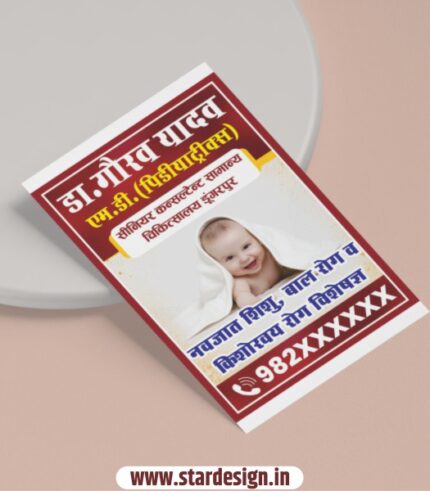
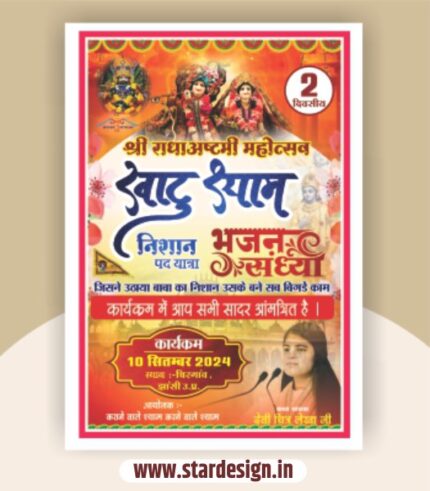


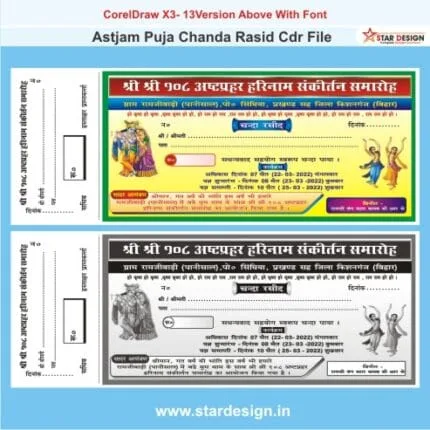
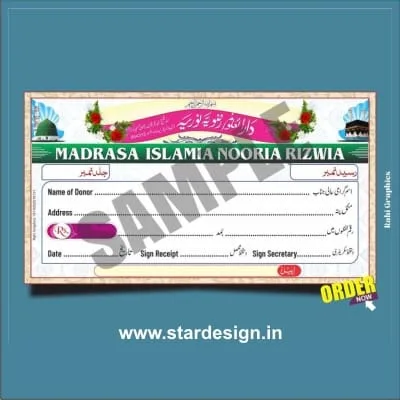
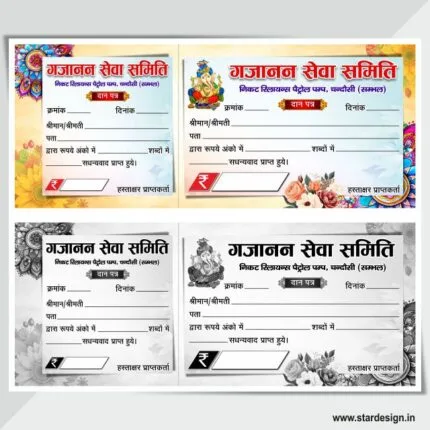

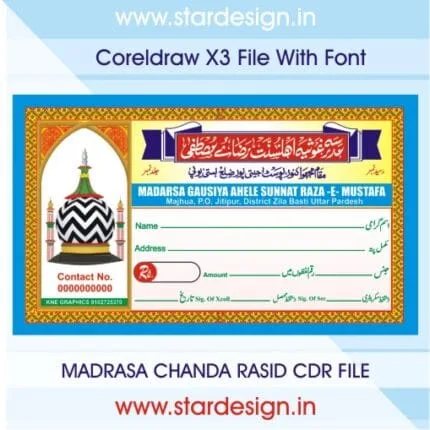
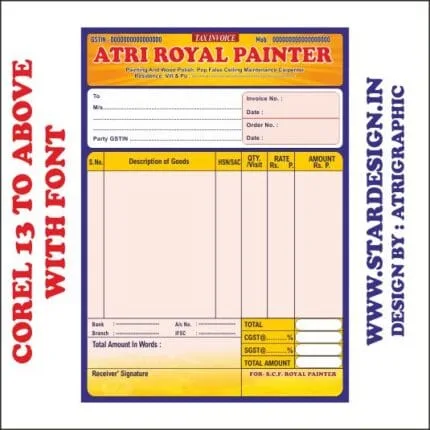
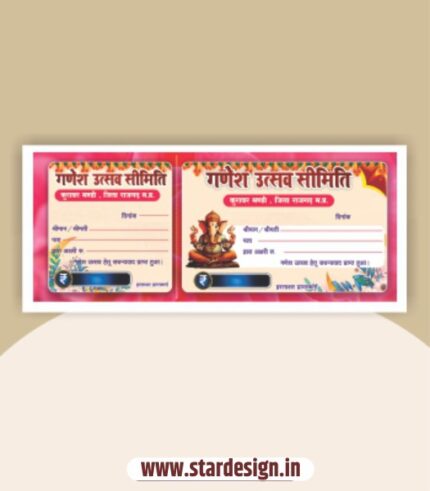
Reviews
There are no reviews yet.